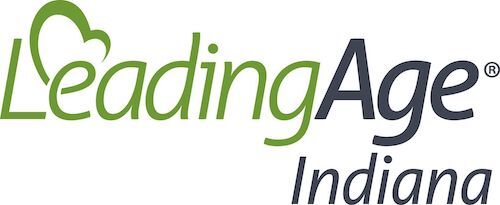Medicaid Managed Care
The Indiana Family and Social Services Administration (FSSA) is planning to significantly rebalance the delivery of long term services and supports (LTSS) for most older Medicaid-eligible Hoosiers in favor of more home and community based care services (HCBS). FSSA is targeting Summer to Fall of 2024 for this project; known as Indiana Pathways for Aging.
See recent FSSA Power Point Presentations below and on the initial FSSA website, and updated Pathways website which contains presentations and other notable information.
PathWays and MCE Resources
Enrollment Broker and General Questions
87-PATHWAY-4 (877-284-9294)
Member Support Services – available on and after July 1
[indianapathwaysmss.com]indianapathwaysmss.com
877-738-3511
indianapathwaysmss@maximus.com
MCE Member Services
Anthem: 833-412-4405 or by registering at www.anthem.com/register
Humana: 866-274-5888 or INHealthyHorizons@humana.com
UnitedHealthcare: 800-832-4643 or IN_HPops@uhc.com
MCE Websites
Anthem: https://mss.anthem.com/in/insurance-plans/pathways-for-aging.html
Humana: https://www.humana.com/medicaid/indiana
UnitedHealthcare: https://www.uhc.com/communityplan/indiana/plans/medicaid/pathways
PathWays Provider Resources
For Stakeholder Engagement information, webinar recordings, and presentations, please visit:
https://www.in.gov/pathways/stakeholder-engagement/
MCE Provider Helpline
Anthem: 833-569-4739
Humana: 866-274-5888
UnitedHealthcare: 877-610-9785
MCE Provider Contracting Contacts
Anthem: INmltssproviderrelations@anthem.com
Humana: InMedicaidProviderRelations@humana.com
UnitedHealthcare: in_providerservices@uhc.com
MCE Provider Manuals
Important Materials and Documents:
- LAIN Pathways FAQs (draft - updated 6-6-24).docx
- Forvis – Medicaid, Medicare, UPL and MDS Presentation
- Eric Essley – PathWays Managed Care Presentation
- Pathways Probari PPT on Care and Service Coordinator Roles
- Updated - New Pathways Probari PPT on Care and Service Coordinator Roles Updated - New Pathways Probari PPT on Care and Service Coordinator Roles
- Humana Billing Summary Document
- LAIN updated Managed Care Handout from Feb. 2025
- MLTSS Occupancy Penalty Change Memo for Members
- LAIN MLTSS Summary
Looking for something? Click here for archived resources and documents.
FSSA has transitioned the member experience (eligibility, care management, etc.) and claims-payment responsibilities relative to 60 and over Medicaid recipients to a managed care (insurance company) system; see the Pathways website . In other words, senior Hoosiers will be attached to one of the various insurance companies who won the procurement bid. Those three (3) are: Anthem, United Health Care, and Humana.
Assisted Living Medicaid Waiver Specific Materials
- General AL Waiver information can be found here.
- Current AL waiver stats (for both the PathWays and Health & Wellness waivers) can be found here.
- Providers are encouraged to routinely check the IHCP Bulletins page ... for PathWays and other Medicaid activity.
- On Feb. 12, 2025, FSSA updated its waiver invitation process for individuals on a waiting list for HCBS services. See here.
- LAIN Pathways FAQs (draft - updated 6-6-24).docx
- FSSA has also issued this Aged & Disabled Waiver & Traumatic Brain Injury Legally Responsible Individuals Transition Update, and has released:
- Individual and Family Bi-Weekly Webinar for Aged and Disabled or TBI Waiver, slide deck from May 1, 2024
- Structured Family Caregiving Frequently Asked Questions for Waiver Individuals and Families
- Structured Family Caregiving Frequently Asked Questions for Care Managers and HCBS Providers
- FSSA shared responses to requests made by Indiana Families United for Care. We have posted these responses here, so that the information is available to all A&D and TBI Waiver members.
- IHCP has issued instructions for the Waiver provider certifications portal - BT202456 and BT202460.
Update For Aged And Disabled Waiver Recipients And Their Families
Update for Waiver Providers and Care Management Organizations

